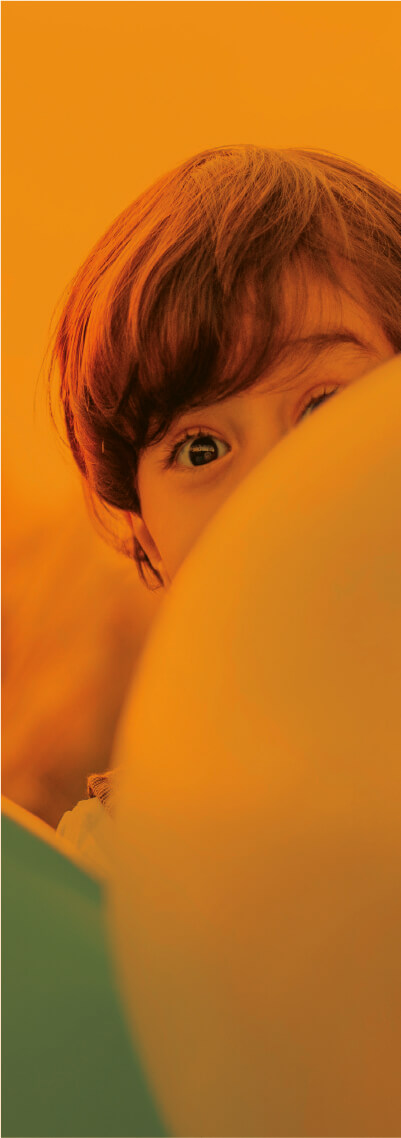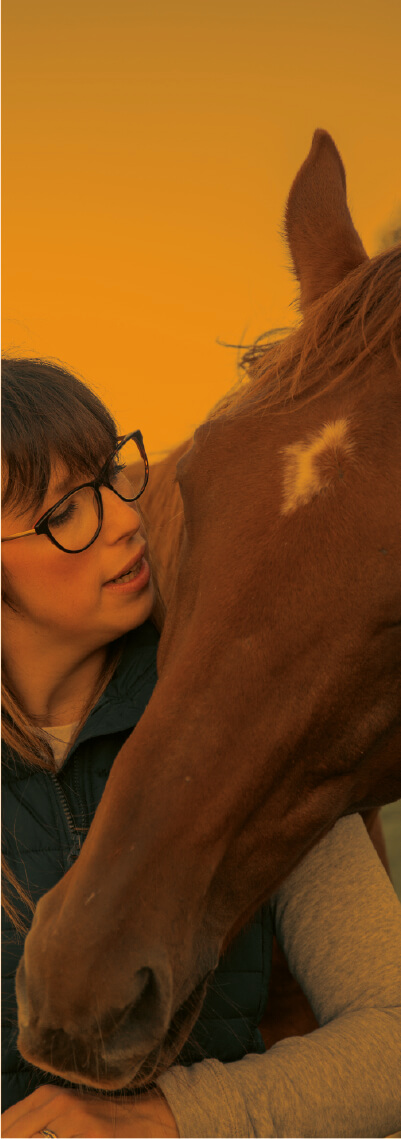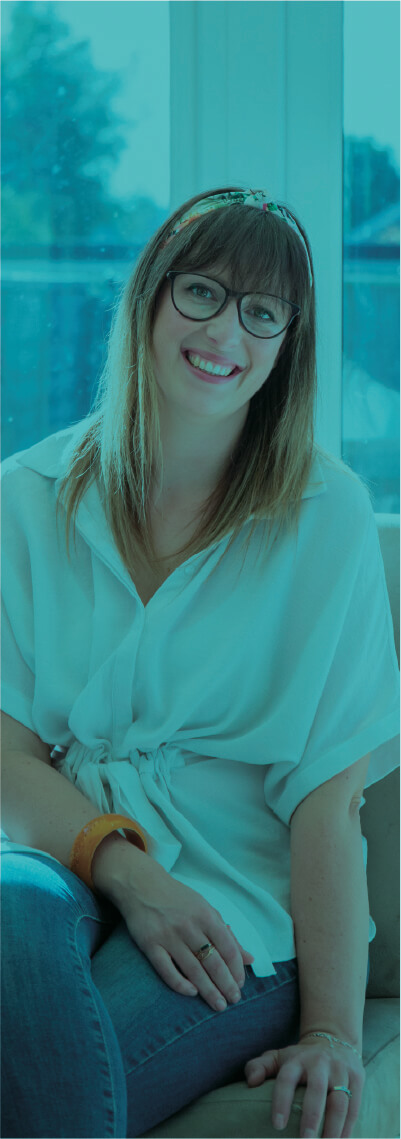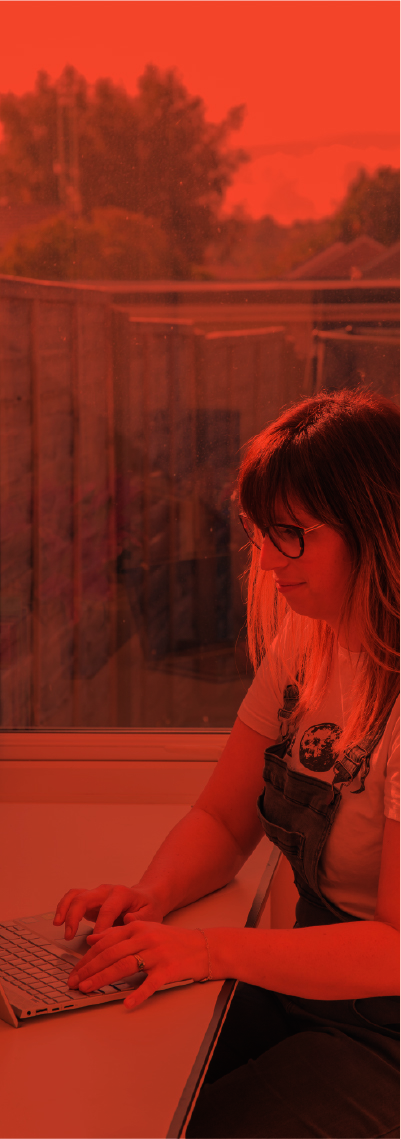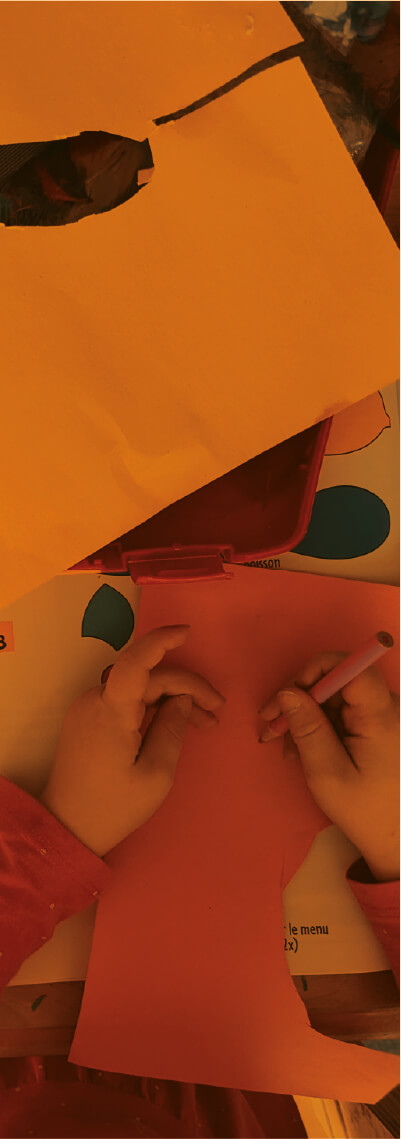
Long Term Joint Health
Joint health is so important for all of us, and there are a number of ways that you can support it in your children. I’m going to go over what joint health is, how it impacts on movement, and some specific ways to promote it.
Firstly, the science bit:
In order to understand the physical presentations of joint structures and alignment, I want to explain how they work.
There are different types of joints in our body and depending where they are and what their function is, they have slightly different structures. However, they are all fairly similar in that they have one bone attached to another bone!
Joint surfaces are covered in cartilage, which is a soft cushioning to protect the bone from damage. The cartilage is lubricated by synovial fluid which works to give nutrition and health to the joints and also helps them to move smoothly. The bones are held together with a series of ligaments, which have a small amount of stretch but are largely designed to keep the joints in place. The more movement a joint has naturally, the less stable it will be, for example the hip and shoulder tend to be a little more vulnerable to injury.
I like to think of joints like puzzle pieces which need to be aligned. This alignment, along with the shock absorption provided by the cartilage, ensures the joint surfaces wear at a normal rate as we age. If our joints aren’t in good alignment, or we have extra flexibility, there is a risk that the cartilage and bone will begin to wear down prematurely.
How can we strengthen those joints:
Muscles are a bit like scaffolding around our joints. Stronger and more controlled muscles can relieve pressure on the joints. In addition to muscle strengthening, external supports can be used. This can be in the form of splints, insoles, walking frame, or anything that gives additional stability when moving. These items can help to keep the joints in alignment which improves joint health over time.
So what can you do to support your child?
There are a number of ways that you can promote long-term joint health in your child, working with both professionals and using home-based activities:
- Foundation Skills – working with very low level, small movements can have a big effect. In particular eccentric strengthening (the active lengthening of the muscles to slow down the movement). Movements need to be well controlled and joints aligned to help retrain the approach to movement.
- One of my favourite go-to exercises is ‘perch sitting’ – using a high bench, with knees in a little bend, practice coming up to standing and slowly controlling the movement.
- Other strengthening exercises – kneeling, split kneeling, reaching, sit to stand. These can all be incorporated into games such as posting activities, reaching for a buzzer in a quiz game, balloon tennis.
- In the classroom – opportunities to be a monitor can give regular movement breaks to keep the muscles active and flexible during long periods of sitting.
Soft tissue massage:
Stretching in isolation doesn’t have a big impact so try bringing in the use of massage or applying heat to make the muscles more pliable and ready for stretching. I often think of muscles like plasticine which won’t stretch straight of the packet, it needs working in, and warming up, before it is pliable. A sports massage once per term can really help with muscle strength. (Note that most sports massage therapists only work with adults, and their training won’t necessarily cover children with physical or neurological needs, so it is worth consulting with your physiotherapist to find the right support).
Thank you for reading. If you would like more information on this or any of the exercises I mentioned, please don’t hesitate to get in touch.
Jo
